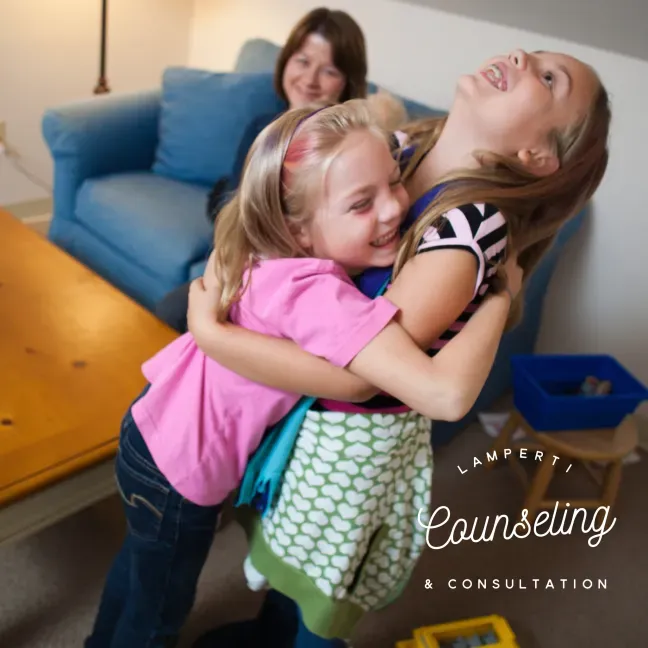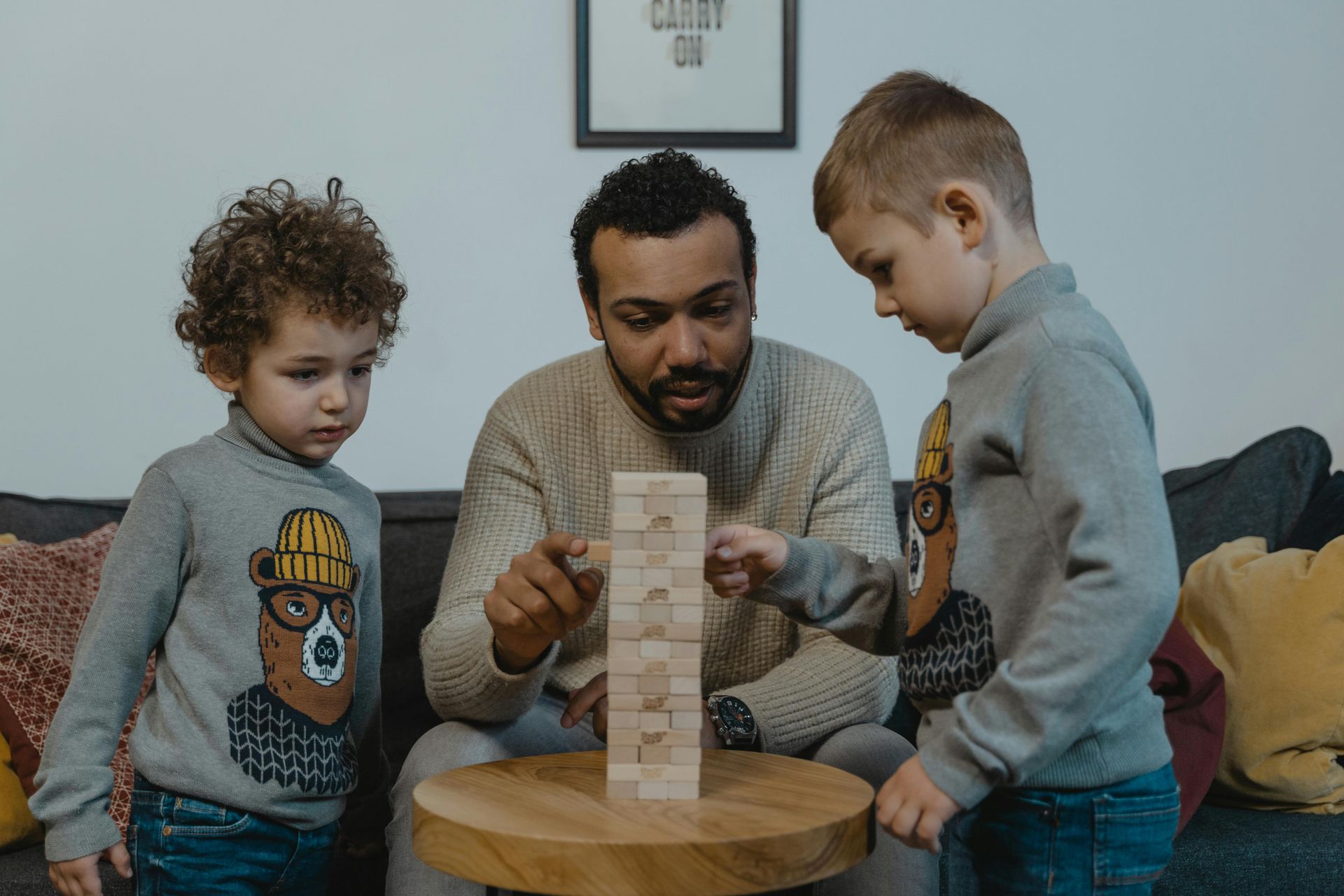Thirty Feelings

Emotional Intelligence is when we can recognize our own emotions and those of others. It is when we can differentiate between things like when someone is feeling angry vs. frustrated. This helps us to be able to relate to others and adapt to different circumstances.
Most children enter Kindergarten able to recognize happy, mad and sad. In a deck of 30 “feelings” cards some children will cycle through the basic three emotion labels, while others have a whole basket of emotions labels to pull from.
“Horrified” may be expressed as “mad” when the child hasn’t learned “horrified.”
“Bored” may be expressed as “sad.” The solution to bored may look very different than the solution to sad.
8 Tips For Beyond Happy Mad Sad
- Keep a list of feelings on the fridge. Highlight one word every few days to talk about, recognize in self and other, look for examples in TV/Movie/Etc. characters. Talk about it.
- Buy a “Feelings” poster. When your child is having an emotion, ask them to point to the emotion on the poster and use the feelings word that fits best. Some parents will only trigger this activity for a negative emotion. It is really important to point out the positive emotions too.
- Get creative with your computer and printer. Find pictures of 20 feeling faces. Print them out in pairs on card stock. Use for a matching game. When the child gets a match, they tell of a time that they had a feeling like that.
- When asked about anger, most children will identify this emotion as “bad.” Remind your child that emotions aren’t bad, even the one called anger. The “bad” or “problem” part is the behavior. We can feel angry and act badly or we can feel angry and adapt, problem solve or talk it over with someone. Likewise, emotions like “embarrassed” can be ones that a child will shy away from, because they feel so bad. Teach them that everyone feels embarrassed from time to time and how they might be able to approach it. In some circumstances, the child needs to learn to laugh a little at themselves and know that everyone makes mistakes. In others, children might need to learn about humility and apologies. We can wish as hard as we want that our children don’t have to experience the “hard” emotions, but it is these hard emotions that when felt and addressed, build character in our children.
- Make a feelings collage with childrens’ magazines. Cut out faces and talk about what the child may be feeling.
- Ask your child(ren) to be like a news reporter or investigator. Note “Happy” on the top of the page and ask your child to interview Dad, Grandma and Grandpa, the next-door neighbor, “Tell me about a time you felt happy.” Have them do this for one week, keeping their memo pad in their pocket. Switch to a different feelings word the next week, or ask one child to do “happy” and their sibling to do “sad.” Let them present at the end of the week.
- Do you have a pet? Ask you child to notice for a week, what that pet might be feeling and why.
- Model your own good emotional intelligence. Let them know that adults have feelings just like children.
Resources




